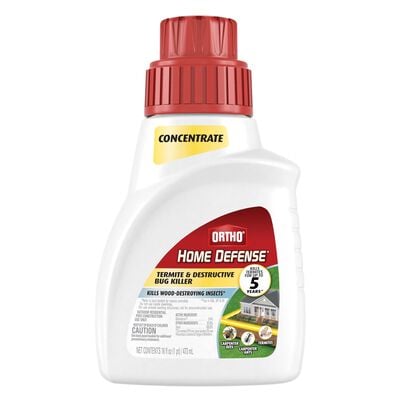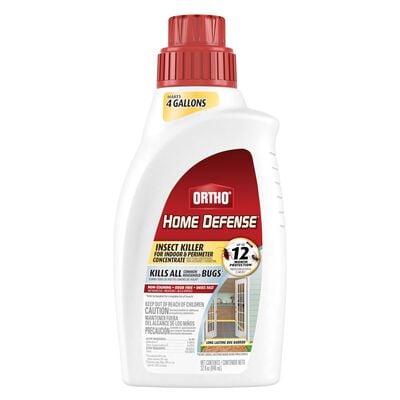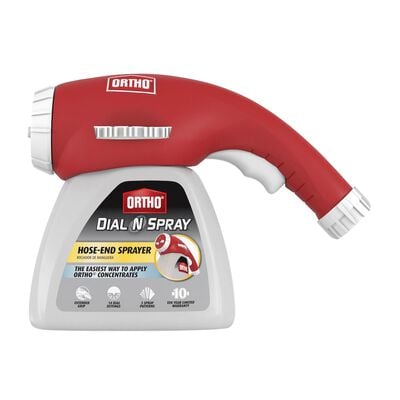
Signs You Have Termites
Termites cause property damage all over the country. Find out how to tell if you have termites and what you can do about it.
Every year, termites cause an immense amount of property damage all over the U.S. While there are many species of termites throughout the U.S., they can be classified into 3 distinct groups: subterranean, drywood, and dampwood.

Learn how to identify the signs of a termite infestation, so you can protect your home from their damage.
Signs You May Have Termites
Subterranean termites. This group of termites is the most common group in the U.S. and includes three important species: the Eastern subterranean termite, the Western subterranean termite, and the Formosan termite. Subterranean termites live in the soil under and around homes. They can enter your home in two ways – through wood that touches the ground or by building mud tubes from the ground up the foundation until they reach wood. Since subterranean termites can infest homes undetected for years, the key to successfully controlling them is to identify the warning signs of their presence early ̶ mud tubes, winged swarmers emerging from the ground, and damaged wood.
Drywood termites. This group of termites does not live in the ground. Instead, they build their nests in dry, above-ground wood. They can enter your home through exposed wood or through infested wood items like furniture. Drywood termites weaken structures by chewing tunnels inside the wood. They are easily recognized by tiny seed-like fecal pellets that accumulate in small piles below "kickout" holes from their tunnel (aka gallery) system. If you think you might have drywood termites, tap on the wood. If it sounds hollow, you might have a problem.
Dampwood termites. Like drywood termites, this group of termites also does not live in the ground. Dampwood termites infest decaying wood where moisture is prevalent, such as wooden structures that are water-damaged or rest directly on the ground. But, they will also infest stumps, lumber, and fallen trees. Dampwood termites will weaken wood structures by creating tunnels inside the wood, and, like drywood termites, an infestation can be recognized by tiny fecal pellets that accumulate in small piles below "kickout" holes. A dampwood termite infestation usually indicates a moisture problem in the home.
How to Get Rid of Termites
You should correctly identify the type of termite you have because the treatment for subterranean, drywood, and dampwood termites can be different. Ortho® Home Defense® Termite & Destructive Bug Killer can be used to create a barrier around your home against subterranean termites and applied to areas where termites are found feeding. It can also be used to control drywood and dampwood termites in tree stumps, wooden fences, wood piles, and foundations. Or, use Ortho® Home Defense® Insect Killer for Lawn & Landscape to control termites in tree stumps, stored lumber, and around the home foundation. Always follow label directions for use. If you have a severe termite infestation, you may want to seek professional pest control help.
How to Prevent Future Problems
All three groups of termites will enter your home through cracks in the foundation and other unsealed joints. Inspect your home regularly and seal any potential entry points. To discourage dampwood termites, eliminate moisture problems in and around your home, and remove fallen trees and stumps from your yard. To prevent drywood termite infestations, keep wood piles away from the house and prop them up off the soil.


